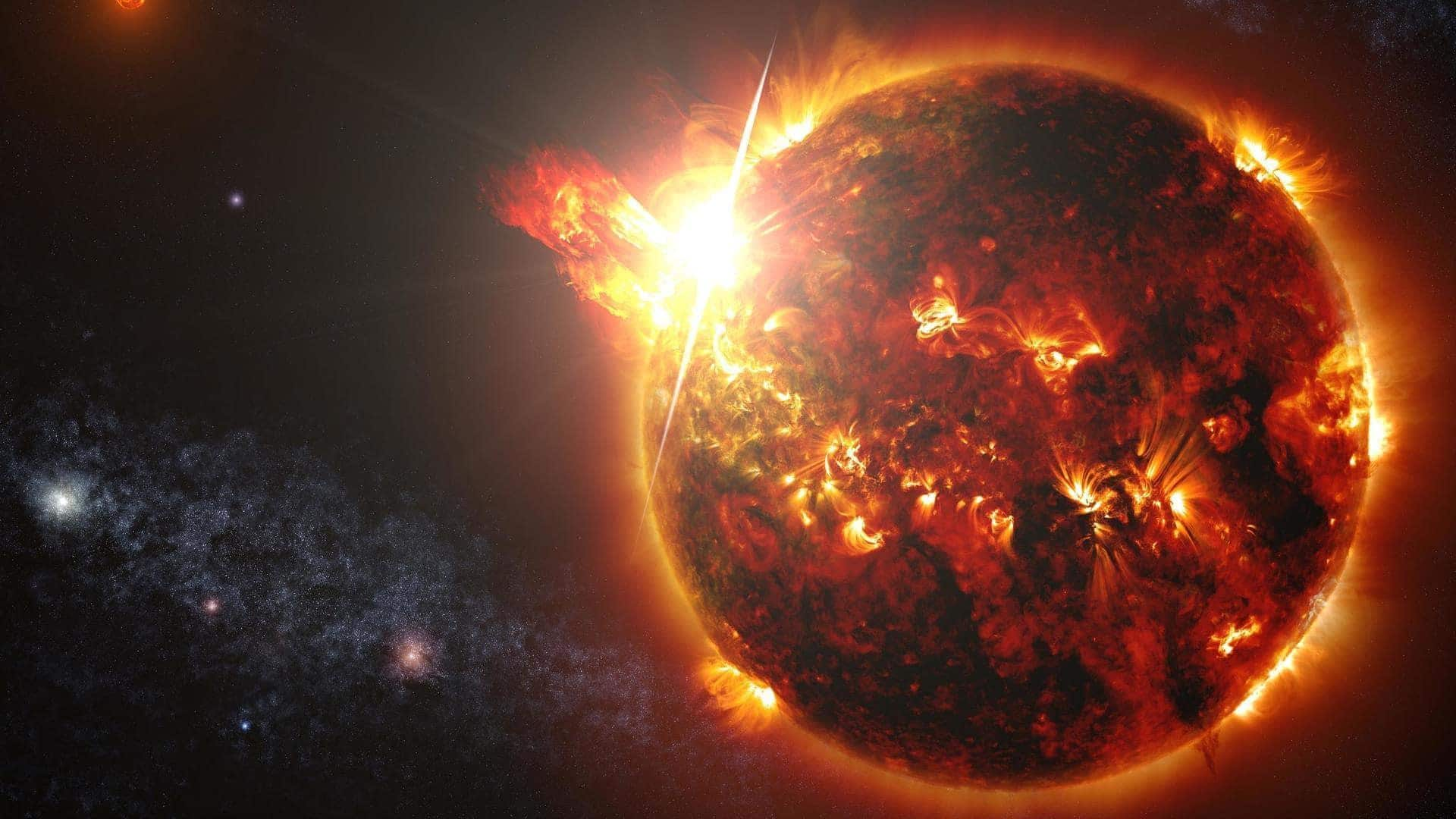
Astronomers detect first-ever coronal storm on star beyond our Sun
What's the story
In a groundbreaking discovery, astronomers have detected a coronal mass ejection (CME) from a star other than our Sun. The event was observed on StKM 1-1262, a red dwarf located more than 133 light-years away. The CME was incredibly powerful, blasting out at an astonishing speed of 2,400km/s and packing over 10,000 times more power or violence than typical solar storms.
Technological breakthrough
LOFAR radio telescope's role in discovery
The discovery of this stellar storm was made possible by the LOFAR radio telescope. The researchers observed the CME's shockwave as it burst from the star's magnetic bubble during an eight-hour observation period. StKM 1-1262 is a fast spinner, rotating 20 times faster than our Sun, and its strong magnetic field powers these violent outbursts.
Life potential
Implications for exoplanet habitability
The discovery raises questions about the habitability of planets around red dwarfs. These planets would have to orbit much closer to their star than Earth does in order to remain warm enough for liquid water. However, with such powerful storms, even a planet with Earth's protective atmosphere would lose its atmosphere over time. This makes the possibility of life as we know it on these alien worlds nearly impossible.